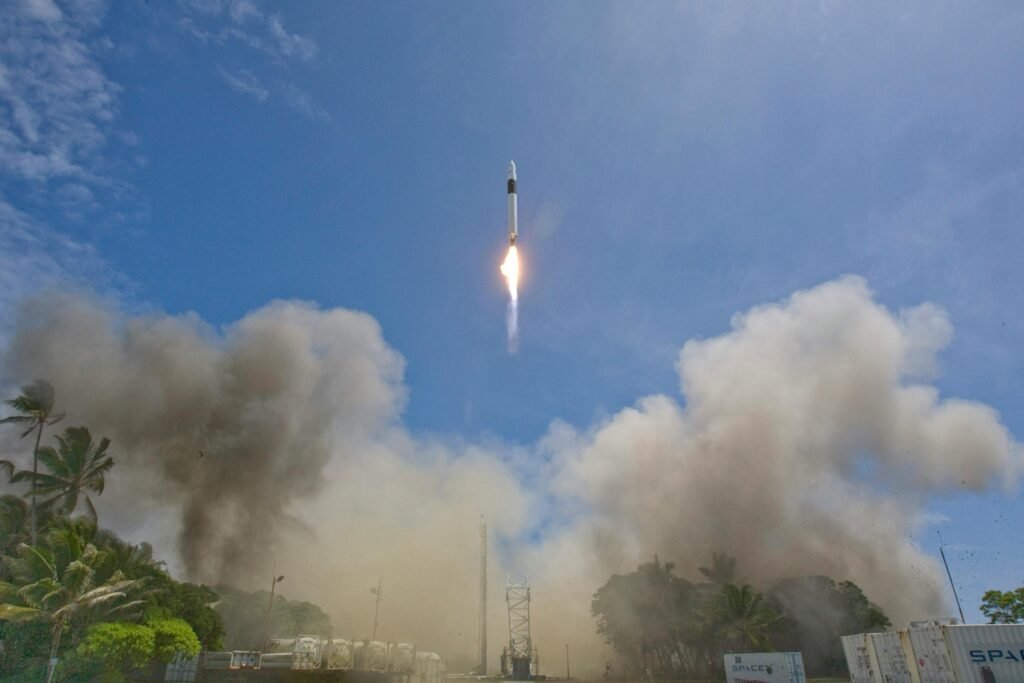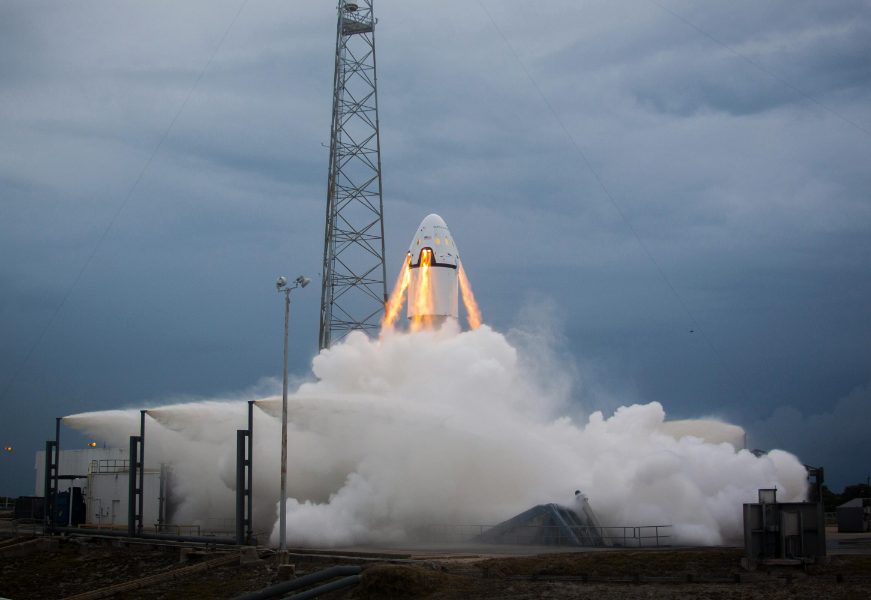Launching a rocket into space is no longer a dream reserved for massive government agencies or billion-dollar corporations. With advancements in aerospace technology, individuals, schools, and small startups now have the opportunity to build and launch suborbital rockets.
These rockets don’t complete a full orbit but reach the edge of space—offering an exciting introduction to space exploration. In this step-by-step guide, we’ll walk you through the process of building a suborbital rocket, understanding the science behind it, and learning the rules to launch safely and legally.
What Is a Suborbital Rocket?

A suborbital rocket is a type of launch vehicle that travels into space but doesn't complete one full orbit around the Earth. Unlike orbital rockets that stay in space for long periods, suborbital rockets follow a curved path, rising past the Kármán line (100 km above sea level, considered the edge of space) before returning to Earth.
Suborbital flights are used for:
- Space tourism (brief weightlessness)
- Microgravity experiments
- Technology testing
- Student and educational projects
Companies like Blue Origin and SpaceX have paved the way for more affordable space launches from the US and UK, especially for suborbital missions.
How Suborbital Rockets Work?

Understanding the basics of suborbital rockets is the foundation of building them. The rocket uses high-speed propulsion to climb vertically or at a steep angle. Once it burns through its fuel, momentum carries it into space. At the peak of its arc, the payload experiences a few minutes of microgravity. Then gravity pulls it back down, often with the help of a parachute or controlled descent system.
forces involved include:
- Thrust (pushing the rocket upward)
- Drag (air resistance)
- Gravity (pulling the rocket back)
- Lift (depending on shape)
Essential Components of a Suborbital Rocket

To build a suborbital rocket, you’ll need to understand its major components:
- Rocket Motor or Engine: Solid or liquid fuel motors provide the thrust needed for launch. Solid motors are more common in amateur builds due to ease of use.
- Airframe and Body: The rocket’s outer shell must be aerodynamic and heat-resistant, typically made from lightweight materials like carbon fiber or aluminum.
- Payload Section: This is where you place cameras, sensors, or experiments. Educational rockets often include data loggers or GPS trackers.
- Stabilization Fins: These fins help maintain the rocket’s trajectory and prevent tumbling during flight.
- Recovery System: Most rockets include a parachute system for safe return. Some advanced systems may use gyros or air brakes.
- Launch Pad and Ignition System: The launch pad supports the rocket, and the starter sets it off.
Step-by-Step Guide to Building a Suborbital Rocket
1. Plan and Design
Use computer-aided design (CAD) software or free rocket simulation tools like OpenRocket to model your rocket. Consider:
- Weight balance
- Aerodynamics
- Thrust-to-weight ratio
2. Select Your Engine
Start with Class G or higher solid-fuel rocket motors, which are legal for high-power amateur use. Ensure compatibility with your rocket’s weight and altitude goals.
3. Build the Body
Use durable, heat-resistant materials. Carefully assemble the body tube, fins, and nose cone. Make sure everything is tightly fitted to prevent mid-air failures.
4. Install Recovery Equipment
Add a recovery system like a parachute deployment mechanism. Use a timer or altimeter-based trigger for ejection during descent.
5. Test Before Launch
- Static fire tests of the motor
- Drop tests for parachute deployment
- Electronics checks for GPS and sensors
6. Follow Legal Requirements
Each country has its own launch regulations:
- In the United States, contact the FAA (Federal Aviation Administration)
- In the United Kingdom, reach out to the UK Civil Aviation Authority
- Submit paperwork and notify airspace authorities in advance
7. Launch Safely
Choose a clear, unpopulated area. Set up a tracking system. Follow safety procedures strictly—have fire extinguishers, first aid, and communication devices ready.
Where to Buy Suborbital Rocket Kits?
For beginners or schools, it's best to buy suborbital rocket kits. These pre-built or semi-assembled kits save time and reduce risks. Some reliable kit providers include:
- Estes Rockets (educational kits)
- Apogee Components
- Madcow Rocketry
- LOC Precision
Look for kits rated for high-power launches and designed to carry small payloads. Many kits are compatible with GoPro cameras or telemetry equipment.
Who’s Leading in Suborbital Tech?
Several commercial and research organizations are investing heavily in suborbital rockets:
- Blue Origin: Offers suborbital tourism through its New Shepard rocket.
- SpaceX: While more focused on orbital missions, its early tests involved many suborbital prototypes.
- Virgin Galactic: Conducts suborbital flights for both passengers and scientific payloads.
- NASA and ESA: Regularly fund suborbital experiments for educational and research purposes.
To stay updated, be sure to follow suborbital tech updates through aerospace news sites and social media accounts of space agencies.
Benefits of Suborbital Launches
These benefits make suborbital flights an ideal entry point into the world of aerospace and space exploration.
- Lower cost than orbital missions
- Faster turnaround for testing and experiments
- Educational value for students and hobbyists
- Easier regulatory approval than orbital launches
Challenges and Safety Concerns
Building and launching rockets isn’t risk-free. Consider the following challenges:
- High temperatures during lunch and reentry
- Accurate trajectory calculations to avoid crashes
- Fuel handling and ignition hazards
- Government restrictions and required certifications
Final Thoughts
Building and launching a suborbital rocket isn’t just a thrilling personal achievement; it’s a gateway into the broader world of aerospace and space science. Whether you're a curious student, a science teacher, or a private enthusiast, this hands-on journey offers real-world learning and endless possibilities.
With affordable rocket kits, open-source design tools, and growing support for amateur launches, the age of accessible spaceflight is here. Start small, learn the science, follow the rules, and launch your dreams—one suborbital flight at a time.








